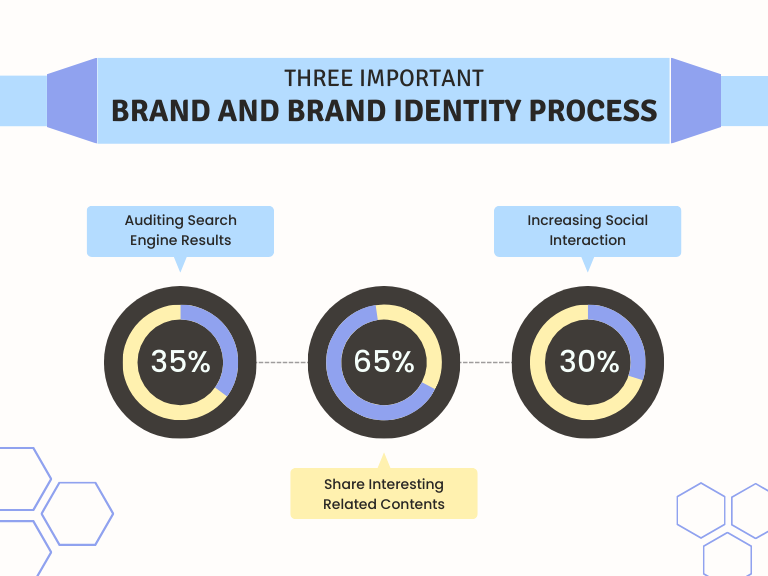
Curing Agents Demystified: Everything You Need to Know
Curing Agents:
Curing agents play a pivotal role in various industries.
Ensuring the effective bonding and solidification of materials.
From construction to automotive, curing agents are instrumental in enhancing a wide range of products’ strength, durability, and performance.
In this comprehensive guide, we will explore the significance of curing agents.
Also, their applications and the different types available.
No matter if you are a professional in the field or simply curious about the science behind materials.
This article will provide valuable insights into the world of curing agents.
What are curing agents?
Curing agents, or hardeners or crosslinkers, are chemical substances that initiate and facilitate the curing process in various materials.
They are primarily employed in bonding applications to promote the solidification and adhesion of components.
Curing agents interact with the base material, triggering a chemical reaction that forms strong bonds.
How do curing agents work?
Curing agents work through a process called cross-linking.
When the hardening agent is mixed with the base material, it undergoes a chemical reaction.
That causes the molecules in the material to link together, forming a three-dimensional network.
This network structure enhances the strength, rigidity, and overall performance of the material.
Why are hardening agents important in material bonding?
Curing agents are crucial in material bonding.
Because they provide several benefits.
Firstly, they improve the adhesive properties of materials, ensuring a strong and reliable bond.
Additionally, these conditioning agents enhance the resistance of materials to various environmental factors.
Such as temperature, humidity, and chemicals.
Furthermore, they contribute to the overall durability and longevity of the bonded components.
Types of Solidification Agents:
Epoxy curing agents
Due to their exceptional bonding properties, epoxy curing agents are widely used in numerous industries.
For this reason, they are commonly used in adhesives, coatings, and composite materials.
Above all, epoxy curing agents offer excellent chemical resistance.
Mechanical strength and adhesion make them suitable for demanding applications.
Polyurethane:
Polyurethane curing agents are renowned for their versatility and durability.
They are often employed in the automotive industry.
Particularly in coatings, sealants, and elastomers.
Polyurethane hardening agents offer excellent resistance to abrasion, impact, and chemicals.
Therefore, they are ideal for applications that require durability and flexibility.
They can be formulated to achieve different hardness levels.
Consequently, ranging from soft elastomers to rigid foams allows for various uses.
Silicone:
Silicone curing agents are known for their heat resistance and electrical insulation properties.
They are extensively used in the electronics, automotive, and healthcare industries.
Silicone curing agents supply excellent thermal stability, weather resistance, and flame retardancy.
In this case, they are suitable for applications where high temperatures and harsh environments are involved.
Acrylic:
Acrylic curing agents are commonly used in coatings and paints.
They offer fast curing times, good adhesion, and excellent chemical resistance.
Acrylic curing agents are preferred in applications where quick drying and high-performance coatings are needed.
Such as in automotive refinishing, industrial equipment, and architectural finishes.
Applications of Curing Agents
Construction industry
In the construction industry, curing agents are vital for various applications.
Especially for concrete repair, flooring, and waterproofing.
These toughening agents help enhance the strength and durability of concrete structures.
Ensuring they can withstand the test of time and environmental factors.
It also contributes to minimizing cracks and improving the overall quality of the concrete.
Automotive sector
Curing agents play a crucial role in the manufacturing of automotive components.
They are used in adhesives and sealants for bonding different parts of vehicles.
Including body panels, windshields, and interiors.
Of course, hardening agents supply reliable bonding, vibration resistance, and temperature stability.
Accordingly, ensuring the structural integrity and safety of automobiles.
Electronics manufactIn the electronics industry, curing agents are essential for encapsulation.
As well as potting and bonding applications.
They protect sensitive electronic components from moisture, heat, and other external factors.
Curing agents with excellent electrical insulation properties ensure the longevity and reliability of electronic devices.
Such as circuit boards, sensors, and connectors.
Aerospace engineering
Aerospace engineering heavily relies on curing agents for composite materials used in aircraft manufacturing.
Curing agents enable the bonding of carbon fiber and other reinforcing materials.
Furthermore, this results in lightweight astructuresThey provide the necessary strength, stiffness, and resistance toextreme conditions that aerospace components requir
Factors to Consider when Choosing Curing Agents
Compatibility with base materials
When selecting a curing agent, it is crucial to consider its compatibility with the base material.
Different curing agents, such as epoxy, polyurethane, or silicone, are designed for specific materials.
Ensuring compatibility is essential to achieving optimal bonding and performance.
Curing time and temperature
The curing time and temperature required for a curing agent can vary depending on the application.
Some curing agents offer fast cure times.
Therefore, some may allow for rapid production or repairs, while others may require longer curing durations.
So, temperature requirements should also be considered.
Certain curing agents may require specific heat conditions to achieve the desired results.
Environmental considerations
Environmental factors, such as humidity, UV exposure, and chemical resistance,
These should be taken into account when choosing a curing agent.
The intended application environment will determine the level of resistance.
And durability is needed from the curing agent to ensure long-term performance.
































